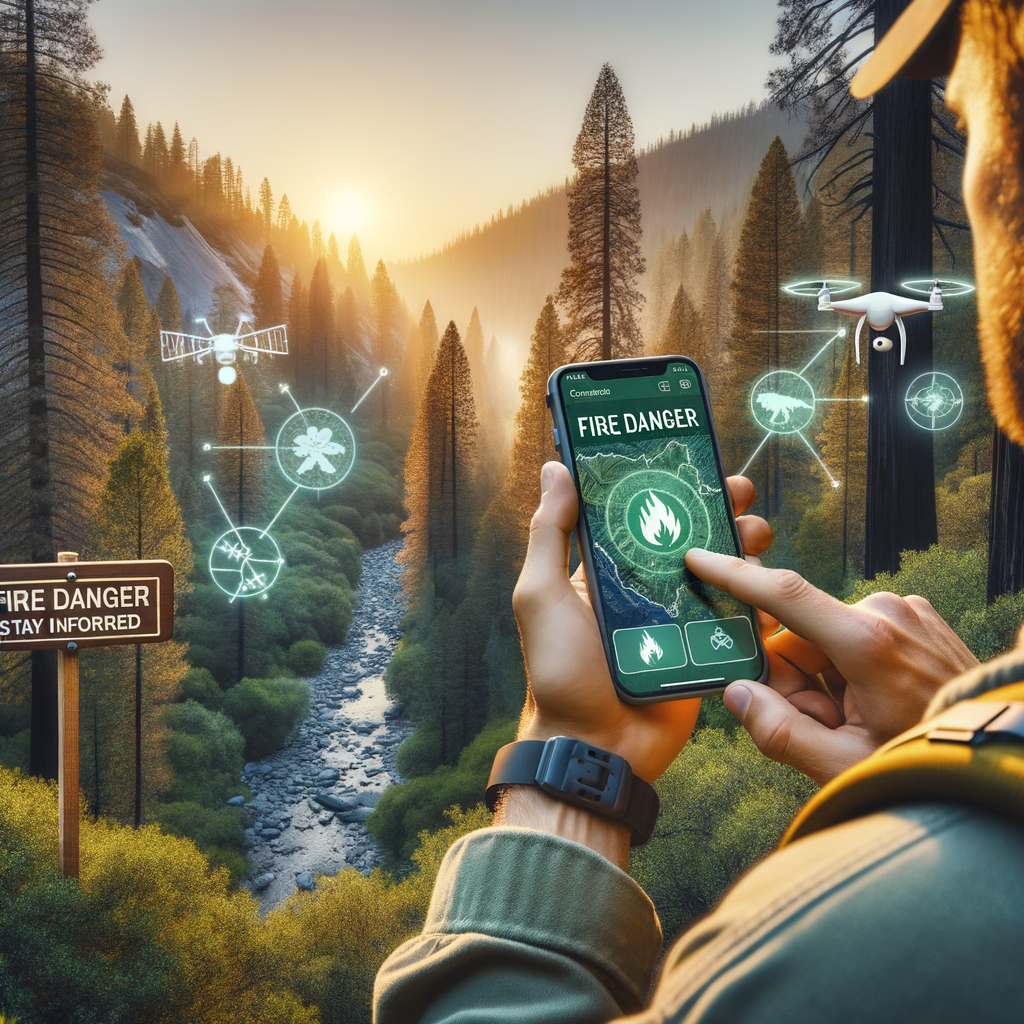Corporate Sponsorship Case Studies Insights for June
When I started working in environmental conservation, one truth quickly became clear: policy and funding are the true pillars supporting any real progress for our natural world. We often hear inspiring stories about rescuing wildlife or restoring forests. Yet, without solid policies and steady funding, these successes rarely last.
This month, I want to focus on something often overlooked but vital—corporate sponsorships in conservation funding. These partnerships are changing the game, helping bridge gaps left by traditional funding sources. Let me share some case studies and insights that show why corporate involvement matters now more than ever.
Why Corporate Sponsorship in Conservation?
First off, conservation is expensive. Think about all the costs we face—field research, ranger patrols, restoration projects, community education, and emergency response. Governments provide funds, sure. But their resources are stretched thin, juggling numerous priorities. This is where corporations step in with sponsorships that can make a huge difference.
Corporate sponsorships aren't just about logos on websites or product labels. When companies invest in clear conservation projects, they provide much-needed money, expertise, and even innovation. Plus, these partnerships promote sustainable business practices, making companies part of the solution rather than the problem.
Case Study 1: Patagonia and Environmental Grants
Take Patagonia as an example. This outdoor apparel company has long supported grassroots environmental groups through direct grants. Their corporate sponsorship model emphasizes funding organizations working on policy advocacy and habitat preservation—critical areas that often get overlooked by traditional donors.
Patagonia’s approach shows how a corporation’s commitment to sustainability can translate into consistent funding streams for conservation. They not only back projects financially but also campaign public awareness and policy changes that reinforce the impact of their sponsorship.
Case Study 2: Coca-Cola and Water Stewardship
Another compelling case is Coca-Cola’s water stewardship initiatives. Water is a resource we cannot take for granted. Coca-Cola works with local communities and NGOs to restore watersheds and protect freshwater ecosystems. Their sponsorship includes funding conservation projects and helping shape policies that regulate water use.
This blend of funding and policy support from a major corporation illustrates the powerful role businesses can play. It’s not just about giving money—it’s about influencing the systems that govern natural resource management.
Case Study 3: IKEA Sustainable Forestry
IKEA’s commitment to sustainable forestry through corporate sponsorship provides another valuable lesson. They collaborate with non-profits to promote better forest management, ensuring that wood sourcing does not harm biodiversity. Through sponsorship funds, IKEA supports policy initiatives that promote responsible forestry standards globally.
Their efforts show how corporate sponsorship can extend beyond short-term projects, aiming to create systemic, long-lasting environmental benefits.
The Bigger Picture: How These Partnerships Influence Policy and Funding
What stands out across these examples is the synergy between corporate sponsorship, policy, and conservation funding. Strong policies create opportunities for funding. Corporate sponsors fill critical financial gaps and advocate for the legal frameworks that protect ecosystems long-term.
Moreover, these collaborations often encourage governments and other funders to step up. When a major corporation commits resources and champions conservation policies, it sends a powerful message across industries and policymaking circles.
How You Can Support Corporate Sponsorship Efforts
You might wonder how you, as a concerned individual or professional, fit into this picture. Here are some ideas:
- Support brands with strong environmental policies and active sponsorships. Your spending choices matter.
- Advocate for greater transparency and accountability in corporate sponsorship programs. Public pressure can drive positive change.
- Engage on social media to celebrate corporate partners who truly invest in conservation. Visibility helps amplify success.
- Encourage your company or employer to explore sponsorship opportunities in conservation. Businesses are increasingly open to partnerships that align with sustainability goals.
Looking Ahead: A Growing Role for Corporations in Conservation Funding
The challenges we face are enormous. Climate change, habitat loss, and species decline show no signs of slowing. But if we want to see progress, the cooperation between governments, NGOs, and corporations is essential.
Innovations like green bonds, biodiversity offsets, and impact investments open new doors for corporate funding. Our future depends on crafting effective policies backed by diverse, sustained funding streams—including those from the private sector.
Final Thoughts
To me, these case studies highlight a simple but powerful truth: corporate sponsorships are more than just donations. They are strategic partnerships that fuel policy and conservation funding in real, measurable ways. Together, laws, budgets, and business commitments form the foundation to protect our planet.
If you want to make a difference, keep an eye on this nexus. Advocate for strong policies, support corporations that invest responsibly, and never underestimate the power of funding to turn good intentions into lasting change.
Because when corporate sponsorship aligns with conservation goals, everyone wins—nature included.



